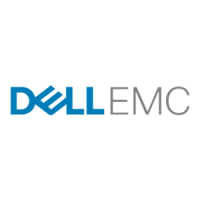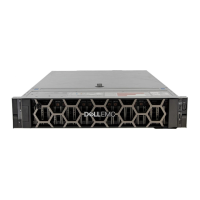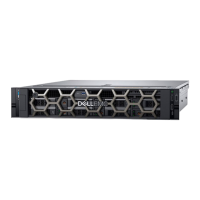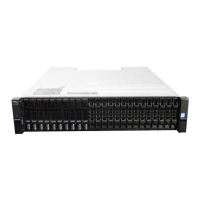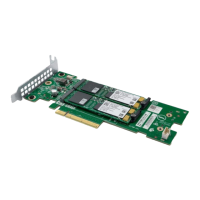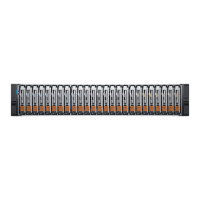• View the enclosure LEDs
Use the ME Storage Manager
The ME Storage Manager uses health icons to show OK, Degraded, Fault, or Unknown status for the system and its components. The ME
Storage Manager enables you to monitor the health of the system and its components. If any component has a problem, the system
health will be Degraded, Fault, or Unknown. Use the web application’s GUI to drill down to find each component that has a problem, and
follow actions in the Recommendation field for the component to resolve the problem.
Use the CLI
As an alternative to using the ME Storage Manager, you can run the show system CLI command to view the health of the system and
its components. If any component has a problem, the system health will be Degraded, Fault, or Unknown, and those components will be
listed as Unhealthy Components. Follow the recommended actions in the component Health Recommendation field to resolve the
problem.
Monitor event notification
With event notification configured and enabled, you can view event logs to monitor the health of the system and its components. If a
message directs you to check whether an event has been logged, or to view information about an event in the log, you can do so using
the
ME Storage Manager or the CLI. Using the ME Storage Manager, you can view the event log and then click the event message to see
detail about that event. Using the CLI, run the show events detail command (with additional parameters to filter the output) to see
the detail for an event.
View the enclosure LEDs
You can view the LEDs on the hardware (while referring to LED descriptions for your enclosure model) to identify component status. If a
problem prevents access to the ME Storage Manager or the CLI, this is the only option available. However, monitoring and management
are often done at a management console using storage management interfaces, rather than relying on line-of-sight to LEDs of racked
hardware components.
Performing basic steps
You can use any of the available options described in performing the basic steps comprising the fault isolation methodology.
Gather fault information
When a fault occurs, it is important to gather as much information as possible. Doing so will help you determine the correct action needed
to remedy the fault.
Begin by reviewing the reported fault:
• Is the fault related to an internal data path or an external data path?
• Is the fault related to a hardware component such as a disk drive module, controller module, or power supply unit?
By isolating the fault to one of the components within the storage system, you will be able to determine the necessary corrective action
more quickly.
Determine where the fault is occurring
When a fault occurs, the Module Fault LED—located on the Ops panel on an enclosure’s left ear—illuminates. Check the LEDs on the
back of the enclosure to narrow the fault to a CRU, connection, or both. The LEDs also help you identify the location of a CRU reporting a
fault.
Use the ME Storage Manager to verify any faults found while viewing the LEDs. The ME Storage Manager is also a good tool to use in
determining where the fault is occurring if the LEDs cannot be viewed due to the location of the system. This web application provides
you with a visual representation of the system and where the fault is occurring. The
ME Storage Manager also provides more detailed
information about CRUs, data, and faults.
Review the event logs
The event logs record all system events. Each event has a numeric code that identifies the type of event that occurred, and has one of
the following severities:
Troubleshooting and problem solving
29

